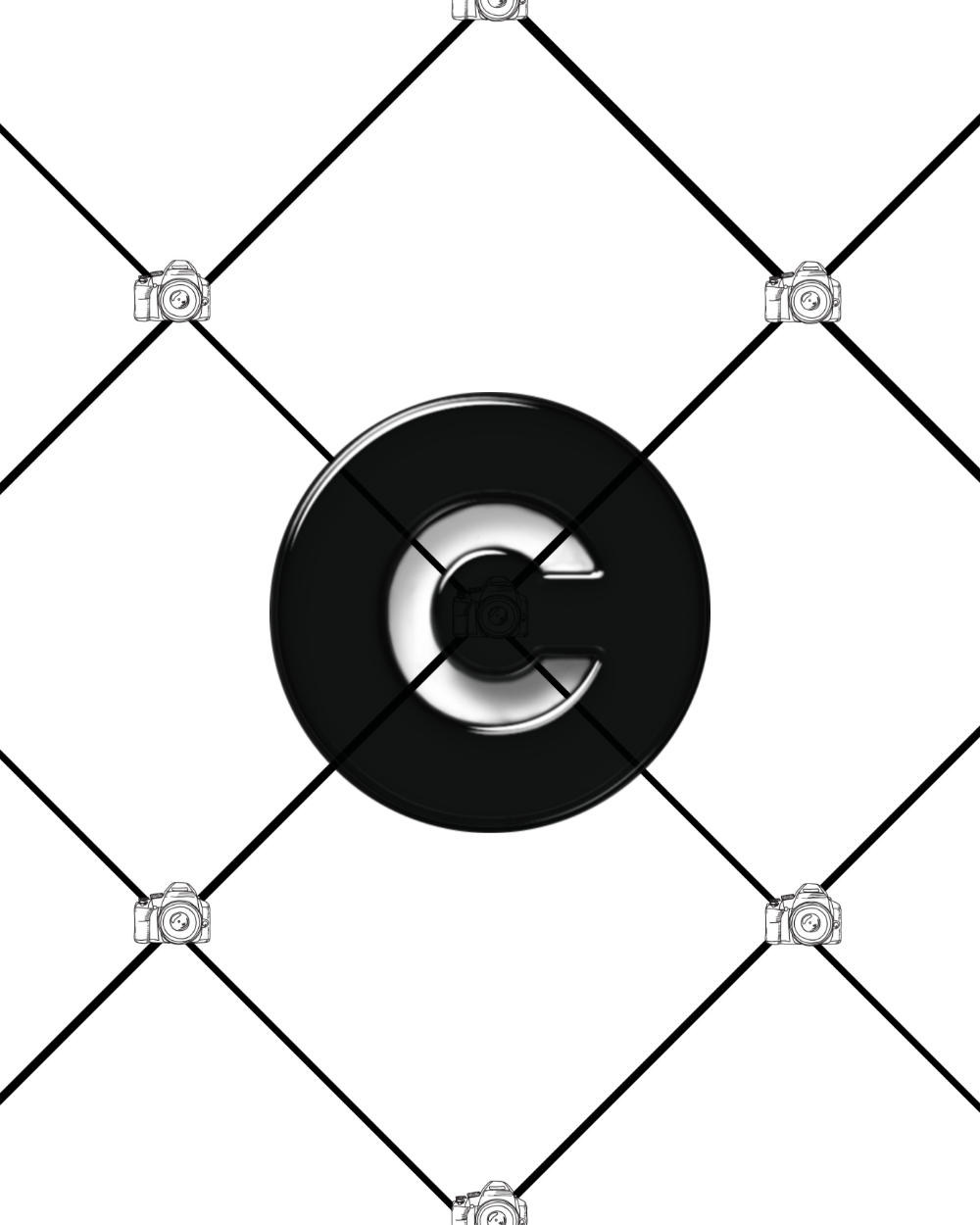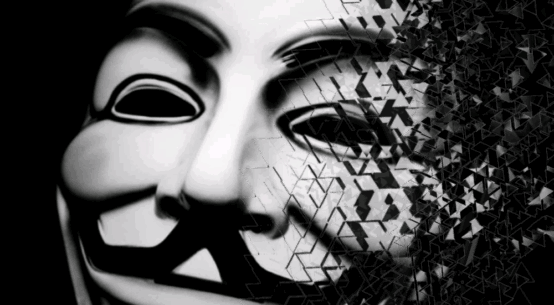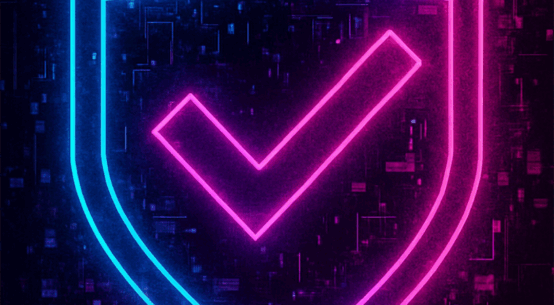Intellectual Property Law | Copyright Lawsuits | Global Trends
Introduction: Copyright in the Era of Infinite Copying
In the past, copyright law dealt primarily with books, films, and music—tangible creations exchanged through limited physical means. Today, in a world driven by social media, streaming platforms, AI content generators, and decentralized content sharing, copyright law is facing its greatest challenge yet: how to protect creative works in an ecosystem built for replication.
From TikTok mashups to AI-generated art, creators are navigating an ever-changing legal landscape. The future of copyright law depends not only on adapting to digital realities but also on redefining the core question: what does it mean to “own” a piece of content in a world where it can be shared, copied, remixed, and monetized by anyone, anywhere, instantly?
The Digital Dilemma: Control vs Culture
Digital platforms have enabled unprecedented exposure for creators—but often at the expense of control. Copyright law traditionally grants authors exclusive rights to reproduce, distribute, and license their work. But modern platforms thrive on user participation, remix culture, and algorithmic content generation.
Challenges include:
- Unauthorized use of copyrighted content in memes, reaction videos, and livestreams.
- AI-generated content trained on copyrighted materials without consent or attribution.
- Ambiguous ownership in collaborative or algorithm-assisted creations (e.g. TikTok dances, remixed songs).
- Jurisdictional conflicts across global platforms with varying copyright enforcement.
Legal Responses and Reforms
Governments and courts have begun addressing these new realities—but with mixed results.
1. The EU’s Digital Copyright Directive
The European Union’s Article 17 (formerly 13) placed greater responsibility on platforms like YouTube to filter infringing content, effectively pushing for automated content moderation tools. However, critics argue it risks over-censorship and stifles user creativity.
2. The U.S. CASE Act and Small Claims Board
The Copyright Alternative in Small-Claims Enforcement (CASE) Act, enacted in the U.S., allows creators to pursue infringement claims without federal litigation. This makes enforcement more accessible, especially for digital creators and small rights holders.
3. AI Copyright Debates
As of 2025, major litigation is underway regarding AI models trained on copyrighted works (e.g., OpenAI, Meta, and Stability AI cases). Courts are being asked to decide:
- Is training on copyrighted data fair use?
- Who owns AI-generated content—the user, the tool developer, or no one?
- Can creators opt out of dataset use, and how?
These questions signal a possible redefinition of originality and authorship in the law.
Technological Solutions: Licensing Meets Blockchain
In response to enforcement gaps, the future of copyright may rely not just on courts, but on technology itself:
- Blockchain & NFTs offer immutable proof of authorship and enable micro-licensing models—though adoption has stalled due to volatility and legal uncertainty.
- Digital Rights Management (DRM) is evolving to cover social media embeds, streamed content, and real-time licensing.
- Content ID-style systems are expanding beyond YouTube, allowing creators to track usage and claim revenue across platforms.
Still, critics argue that such systems often benefit major rights holders disproportionately, leaving independent creators vulnerable.
Global Enforcement in a Borderless Internet
One of the thorniest issues is cross-border enforcement. A copyrighted song in the U.S. can be used in a viral video in Brazil, hosted on a platform based in Ireland, and monetized in India. How do you enforce copyright globally when laws vary so widely?
Emerging trends include:
- International licensing hubs that simplify rights management across countries.
- Trade agreements like the USMCA and EU-Japan EPA that incorporate IP protections.
- Automated takedown systems, although overuse or abuse can chill legitimate speech.
Education & User Responsibility
As content creation becomes more democratized, education about copyright is more critical than ever. Most users don’t know when they’re infringing, especially with content that feels ubiquitous or “harmless.”
To keep pace, platforms and policymakers are exploring:
- In-app copyright prompts during uploads.
- Educational resources built into content creation tools.
- Clearer fair use guidelines, particularly in transformative content (e.g., commentary, parody, and critique).
The Balancing Act: Innovation vs Protection
The future of copyright must strike a balance between:
- Protecting creators’ rights
- Encouraging innovation and remix culture
- Promoting access to knowledge and culture
Reform is necessary—but so is restraint. Overregulation may silence creativity; under-enforcement may bankrupt it.
As digital culture evolves, the law must transition from a static rulebook to a flexible framework that respects both authorship and audience. The coming years will test whether copyright can adapt without becoming obsolete.
Conclusion: Toward a More Inclusive, Digital-First Copyright Model
In the age of sharing, the most effective copyright regime won’t be the one that stops every infringement—it will be the one that empowers creators, educates users, and builds sustainable ecosystems for digital expression.
The future of copyright isn’t just about protecting content. It’s about reimagining ownership, access, and value in a world where content is currency—and everyone is a creator.






